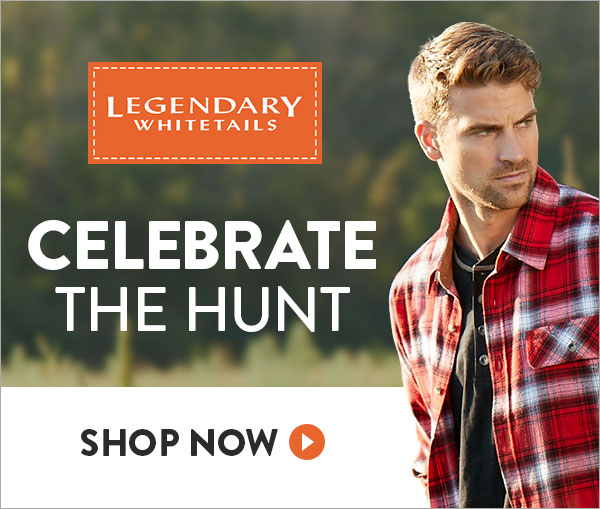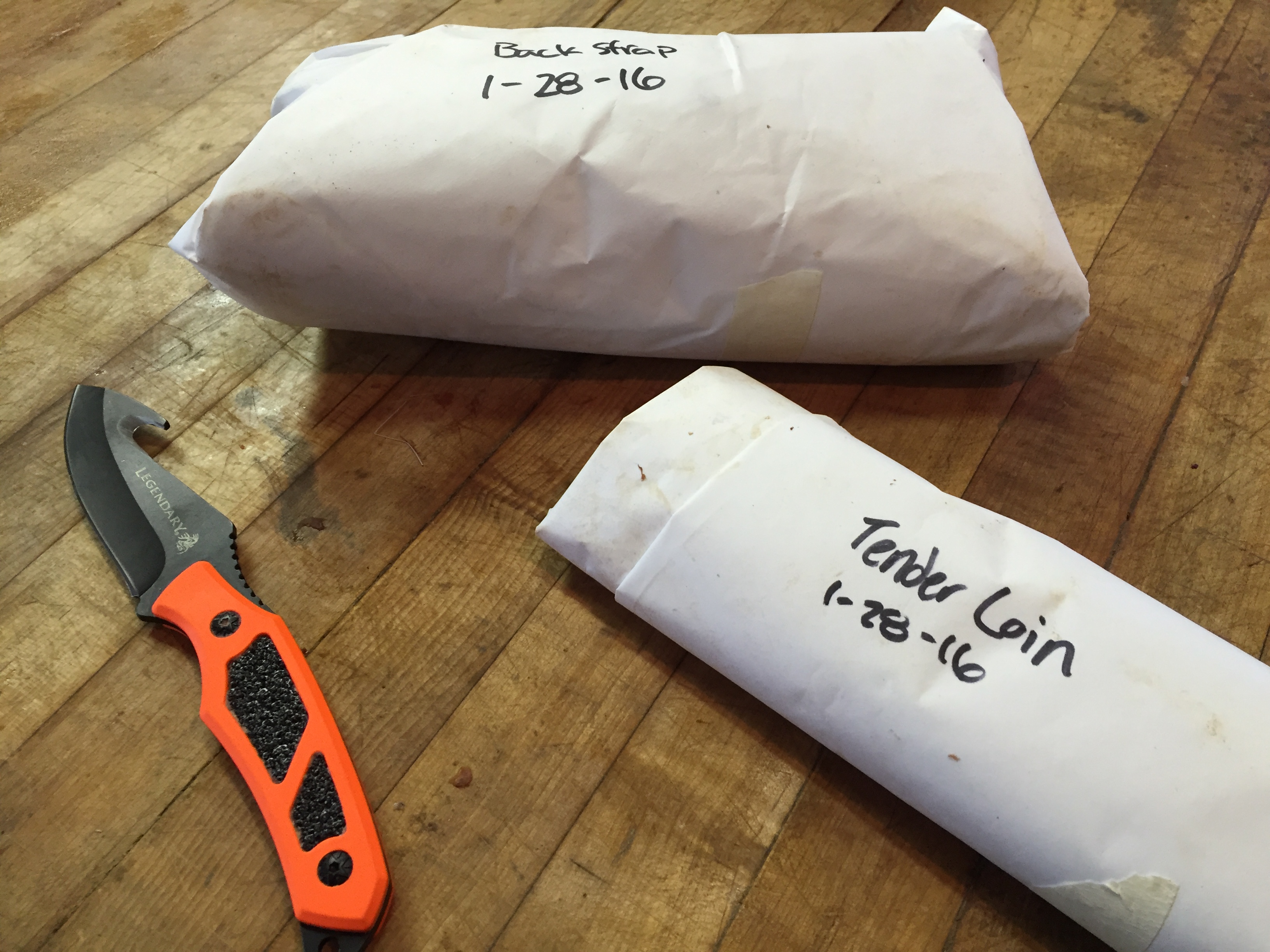You’re telling me horns are different than antlers? A backstrap isn’t the same as tenderloin? And a rub isn’t the same thing as a scrape?
Since when? I’m sure we’ve all heard or used the above terminology interchangeably, but it’s time to set the record straight once and for all. Consider this a Public Service Announcement.
It doesn’t necessarily bother me to the bone, but for conversation’s sake it would be nice to have everybody on the same page – especially when it comes to understanding the difference between a scrape and a rub. So, with that, here are three common things (or words) that hunters often use interchangeably, when in fact, they shouldn’t.
A Backstrap is not the same as a Tenderloin
Say whaaatt?? Yup, they are in fact two entirely different cuts of meat. As a butcher’s son, I learned this difference early on while labelling white freezer paper for my dad, but there’s still plenty of people and hunters who use the two terms interchangeably. I’m sure most people know the physical difference of the two and just choose to use the terms interchangeably because they are both prime cuts. From my travels around the country, it seems like this switch-up is more prevalent further south.
Here’s the difference . . .
A backstrap is a much larger cut of meat that sits on top of the back and is nestled in along the spine and top part of the ribs on both sides. There are two of them (one on each side of the backbone) and they are roughly 24 to 32 inches long on a white-tailed deer.

The two backstraps are on the top and the two tenderloins lay side by side on the bottom.
Tenderloins on the other hand are much smaller and reside inside the body cavity – which is why most hunters remove them right after they’re done field dressing the animal. They run on the underside of the backbone and begin right where the ribs stop and extend back towards the rear of the animal. They are usually 8 to 12 inches long and are quite stringy, hence the term tenderloin. Despite their differences, backstrap and tenderloins are both recognized as the best cuts of meat off a deer by most hunters.
A Scrape is not the same as a Rub
If there is one that bugs me more than any other, this is it – mainly because they are two vastly different things! The terms “scrape” and “rubs” are most often used interchangeably by inexperienced hunters, which is fine because it’s just part of the long learning process. I know I used the two terms interchangeably when I was a young hunter. Heck, my uncle still does. I suppose by looking at the definition of each word, it’s easy to see how they can get confused because they have essentially the same meaning.
Here’s the difference . . .
A scrape is on the ground and a rub is on a tree. Yup, it’s that simple. Scrapes are what you see when you come across a usually oval shaped patch of bare dirt in an otherwise leaf or grass covered area. It’s a good bet there’s a low overhanging branch above a scrape as well. A scrape is made by a buck who uses his hooves to paw dirt away from an area and then urinates over his tarsal glands to disperse his scent. They are most commonly made leading up to and during the rut.
 Hunters looking at a big fresh scrape.
Hunters looking at a big fresh scrape.
A rub is what you are looking at when you see a bunch of bark stripped from a tree. This is a result of a buck rubbing his antlers on them and marking them up. Buck rubs are pretty noticeable because the peeled bark is easy to spot. Both types of sign are good indicators of bucks in the area and are worth hunting near. We have a ton of information on both below.
 A big buck scent checking a fresh rub.
A big buck scent checking a fresh rub.
Learn How To Read Buck Rubs: Reading Buck Rubs
Learn How To Hunt Scrapes: Understanding Whitetail Scrape Behavior
Antlers are not the same as Horns
I haven’t heard many people say, “Look at that cow’s antlers!” But I have heard plenty of people say, “Check the horns on that big buck!” This mix-up seems to be a one-way street with the antlered animals being accused of having horns, not vice versa. Whether or not most people actually know the difference is still up in the air. I’d like to think most hunters do . . .
Here’s the difference . . .
Antlers are found on cervids (deer, elk, moose), are made of bone, are typically branched, and are shed every year. In fact, antlers are the fastest growing tissue on Earth!
 A big set of shed antlers…
A big set of shed antlers…
Horns on the other hand are found on bovids (cows, buffalo, goats, sheep), are made of a bony core with a keratin sheath, are not branched, and are a permanent part of the animal. In other words, if you’re shed hunting for horns, best of luck to you, you’ll find me looking for antlers.
 This beast of a bighorn sheep is supporting a giant set of horns.
This beast of a bighorn sheep is supporting a giant set of horns.
Got a hunting buddy that can’t seem to ever use the right terminology?? Share this with them so you can quit arguing about it.







